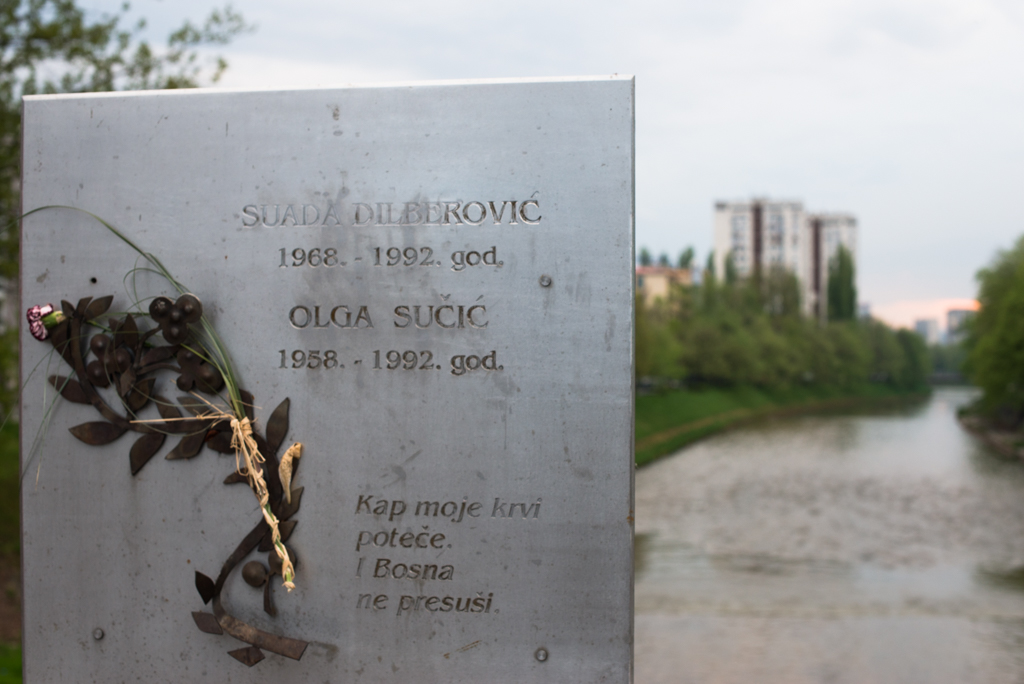
25 years ago, on April 5th 1992, 24 year old Suada Dilberovic, a Muslim student at the faculty of Medicine, participated in a peace rally in Sarajevo. Up to 100 000 people of all Yugoslavian ethnic groups had gathered for this march, held in response to repeated attacks of Serbian paramilitary groups on multi-ethnical Bosnia and Hercegovina. As the marchers crossed the bridge over the Miljacka river, they were ambushed by Serbian snipers. Suada and her 34-year old catholic compatriot Olga Sucic were shot and killed: the first casualties of the siege of Sarajevo.
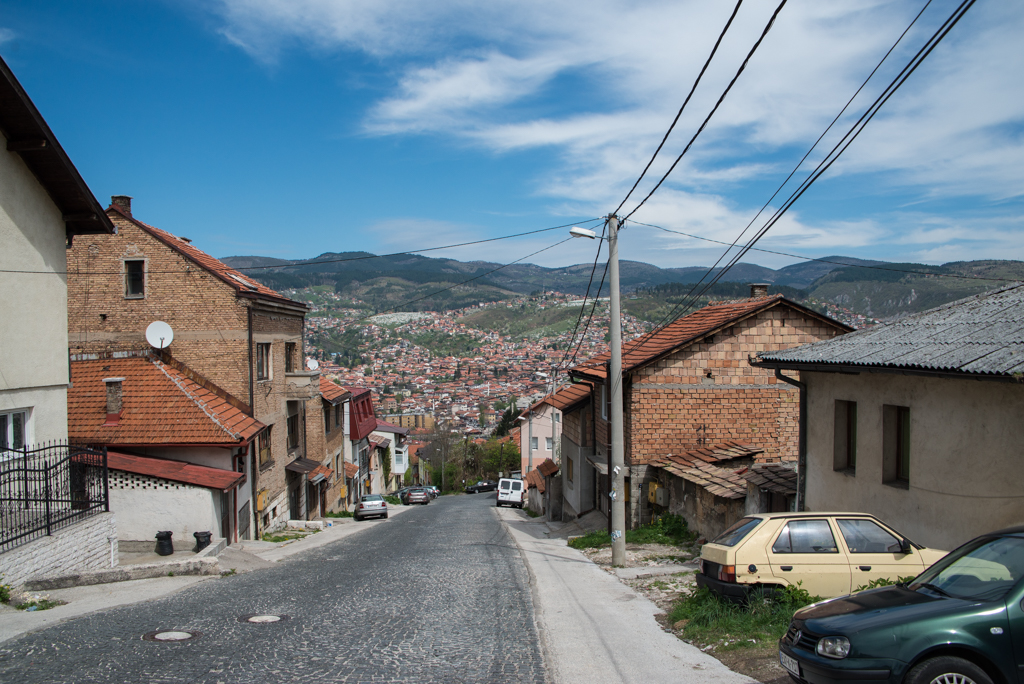
By the end of April 1992, the Serbian Army had encircled Sarajevo, positioning their tanks on the mountain tops surrounding the city, where a mere eight years before the Olympic winter games had been held. The Olympic bob sleighs and the ski jumping hills turned into killing fields from where mortars and artillery were fired. Machine guns aimed at bedroom windows and at the living rooms of the city below.
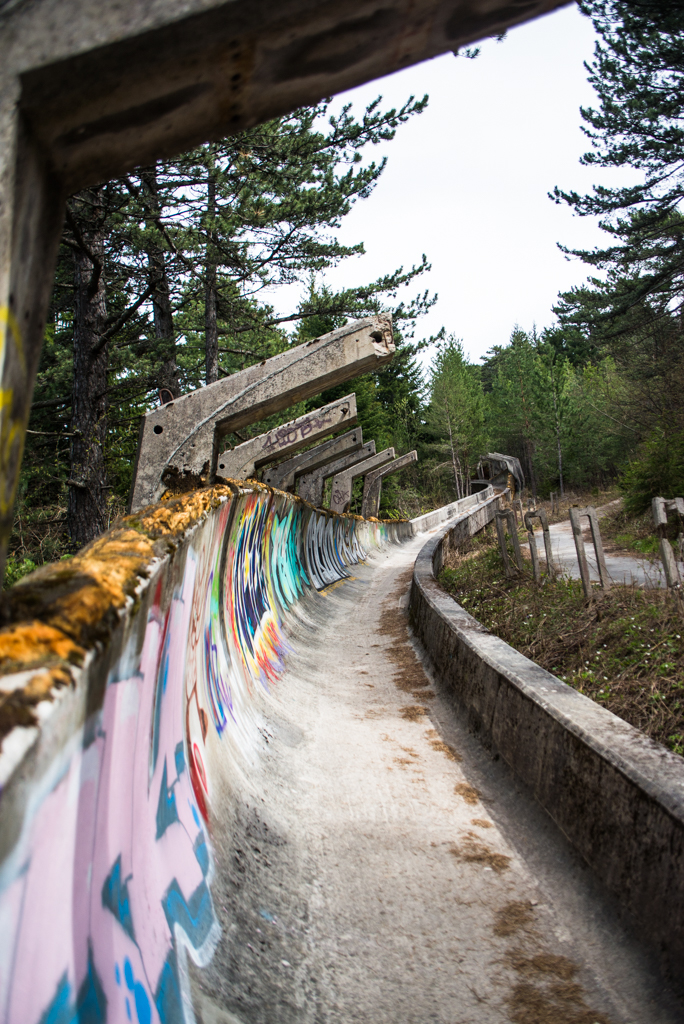
13,954 people died. The siege only ended on February 29 1996, a mere forty years after the horrors of WWII and the holocaust, and the world said: “Never again!” again.
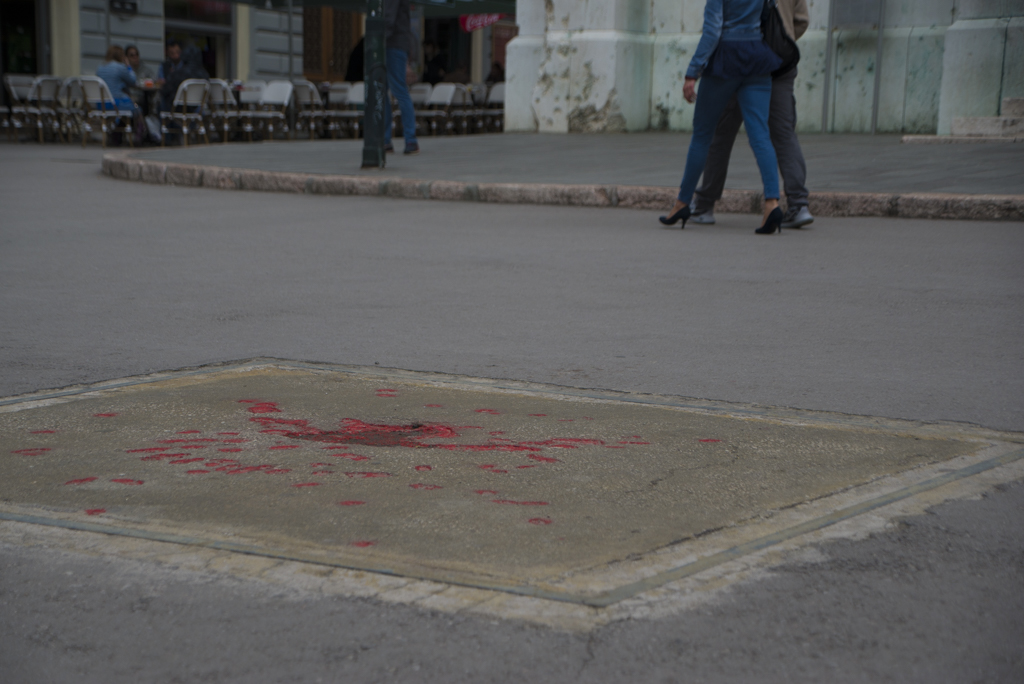
25 years after the siege of Sarajevo, the scars are still visible. Some shrapnel grates were not repaired, but colored red, as a reminder, a memorial, a warning of what nationalism, war and hate do to people. They are called “Sarajevo roses”.
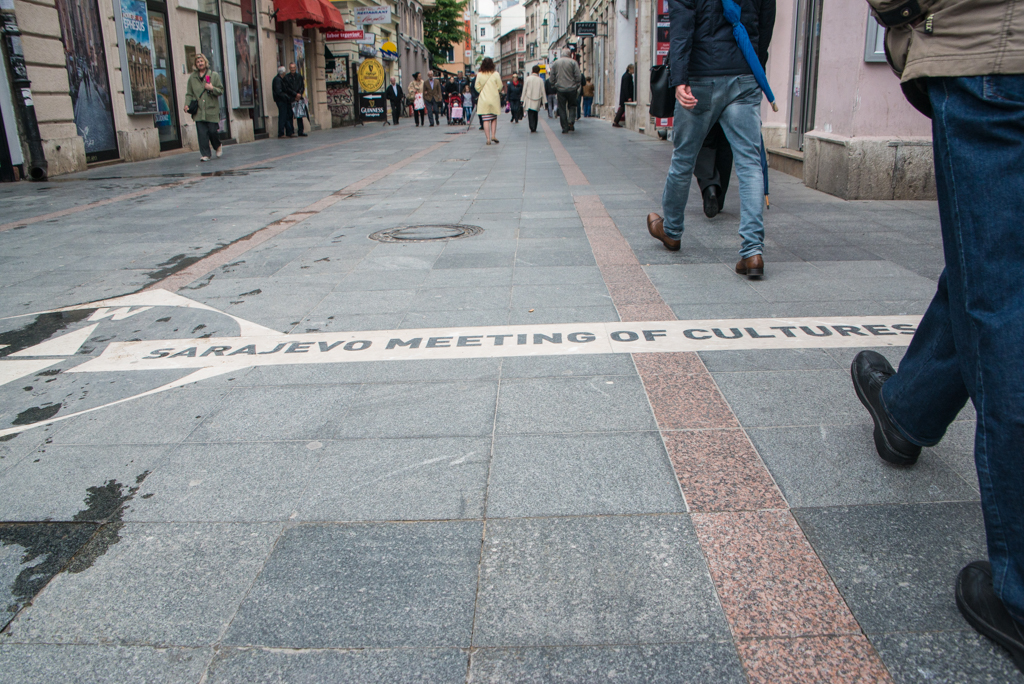
Visiting Sarajevo is not a fun holiday in the sun. It is an encounter with history and culture, impressive, thought-arousing, and captivating. Visiting Sarajevo means learning of history and human nature. And of the human capacity to overcome and reconcile: In 2007, Suada was awarded a posthumous Doctor of Medicine by the University of Sarajevo.
